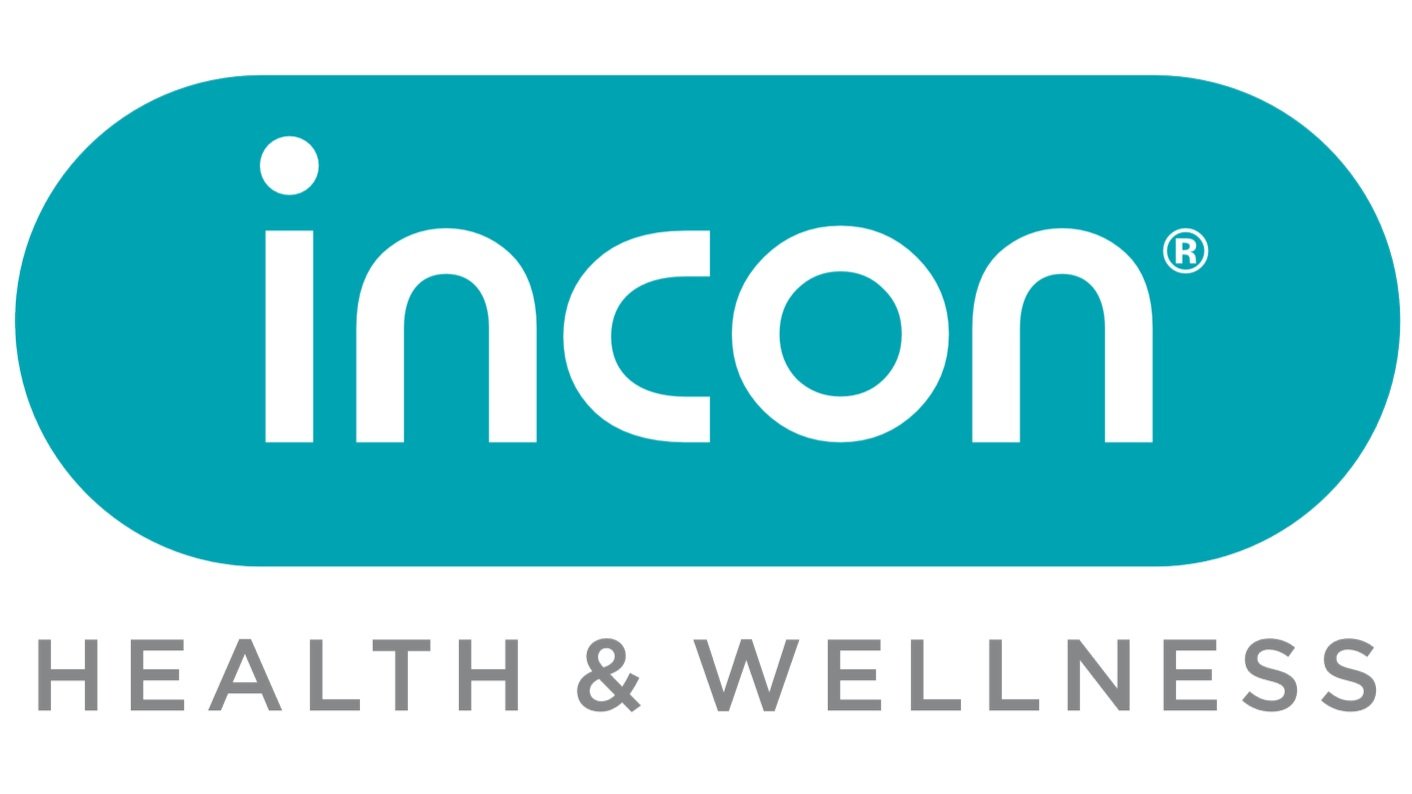
The Importance of Finding Balance
Stress is an inherent part of life, but its impact on physical health can be managed. By understanding the effects of stress and implementing effective strategies, we can maintain and enhance our well-being.

Emergency Preparedness
A well-prepared emergency plan is a critical part of workplace safety.
By having clear procedures, up-to-date emergency contacts, first aid readiness, regular drills, and defined employee roles, your workplace can be better prepared to handle unexpected events.

Workplace Psychological Well-being
Addressing mental health in the workplace is not just a matter of compliance but a commitment to enhancing overall safety and productivity. By implementing stress management strategies, providing access to mental health resources, and fostering a supportive environment, you can significantly improve your employees' well-being and create a safer, more productive workplace.

Quick Guide to Risk Assessments
Effective risk assessments are crucial for a safe workplace. By regularly reviewing and updating your assessments, you ensure a proactive approach to safety.

Creating a Culture of Safety
Creating a culture of safety requires commitment from all levels of an organisation. By engaging employees, providing continuous training, and recognising safety contributions, companies can build a safer, more productive workplace.

Legal Implications & Compliance in OHS
Adhering to OHS regulations is not just a legal obligation but a critical component of sustainable business practices. By ensuring compliance, companies can protect their employees, avoid legal repercussions, and enhance their corporate reputation.

Integrating Technology & OHS
Integrating technology into OHS practices not only enhances safety but also improves efficiency and compliance. By staying ahead of the curve, companies can protect their employees and boost their bottom line.

ROI of Workplace Safety Investments
Investing in workplace safety is not just a regulatory requirement but a smart business strategy. The financial returns from reduced accidents and illnesses, combined with increased productivity and employee morale, make it a wise investment for any forward-thinking company.

Employee Retention
Occupational health plays a pivotal role in retaining employees by fostering a supportive environment, enhancing job satisfaction, and offering career development opportunities.

Reducing Absenteeism
By fostering a healthy work environment, companies can reduce absenteeism, leading to a more productive and engaged workforce

Workplace Happiness
In the digital age, where remote work and technological interfaces are commonplace, the human element of business is more vital than ever. By prioritising human connections, companies not only enhance their operational success but also build a more fulfilling workplace for everyone involved.

Ethical Decision-Making in AI
Artificial Intelligence (AI) offers valuable tools for improving workplace efficiency, but its application must be balanced with conscientious human oversight. Ensuring that AI respects and promotes occupational health and well-being is not just an ethical necessity but a practical one for sustainable business practices.

EAP Best Practices
EAPs are an essential component of modern workplace support systems, but their effectiveness hinges on how well they are promoted, accessed, and adapted to meet employee needs. By following best practices, employers can ensure that their teams have the support they need to thrive both professionally and personally.

Building a Culture of Health at Work
Building a culture of health at work is not about one-off initiatives but about creating an ongoing commitment to the wellness of all employees. By getting leaders involved, fostering peer support, and recognising health milestones, companies can cultivate an environment that promotes a healthy lifestyle.

AI Enhances Occupational Health
The integration of AI into occupational health strategies offers substantial benefits by enhancing efficiency, predicting potential health risks, and personalising health interventions. However, it is crucial to maintain a balance where AI supports rather than replaces the human element.

Essential EAP Guide
EAPs are not just a nice-to-have; they're an essential part of modern organisational health, showing a company's commitment to its employees' well-being.

Emerging Technologies
Imagine a world where robots assist in surgeries with unparalleled precision, where your health records are just a click away, and insights into your well-being are gleaned from analysing vast amounts of data. Welcome to 2024, where this is our new reality.

Healthcare at the Digital Frontier
The integration of AI, IoMT, Digital Twins, and Telemedicine is transforming healthcare delivery and treatment, promising a future of enhanced efficiency, better patient outcomes, and personalised care

Building Resilience
Discover how integrating health and wellness into daily routines, much like the art of Kintsugi repairing broken pottery with gold, can empower you and your team to thrive amidst challenges. From fostering physical wellness to building mental fortitude, explore simple strategies that promote resilience.

Preventing Executive Burnout
Amidst unparalleled pressures, executives might find the key to enduring success in an unexpected place: regular health screenings.
